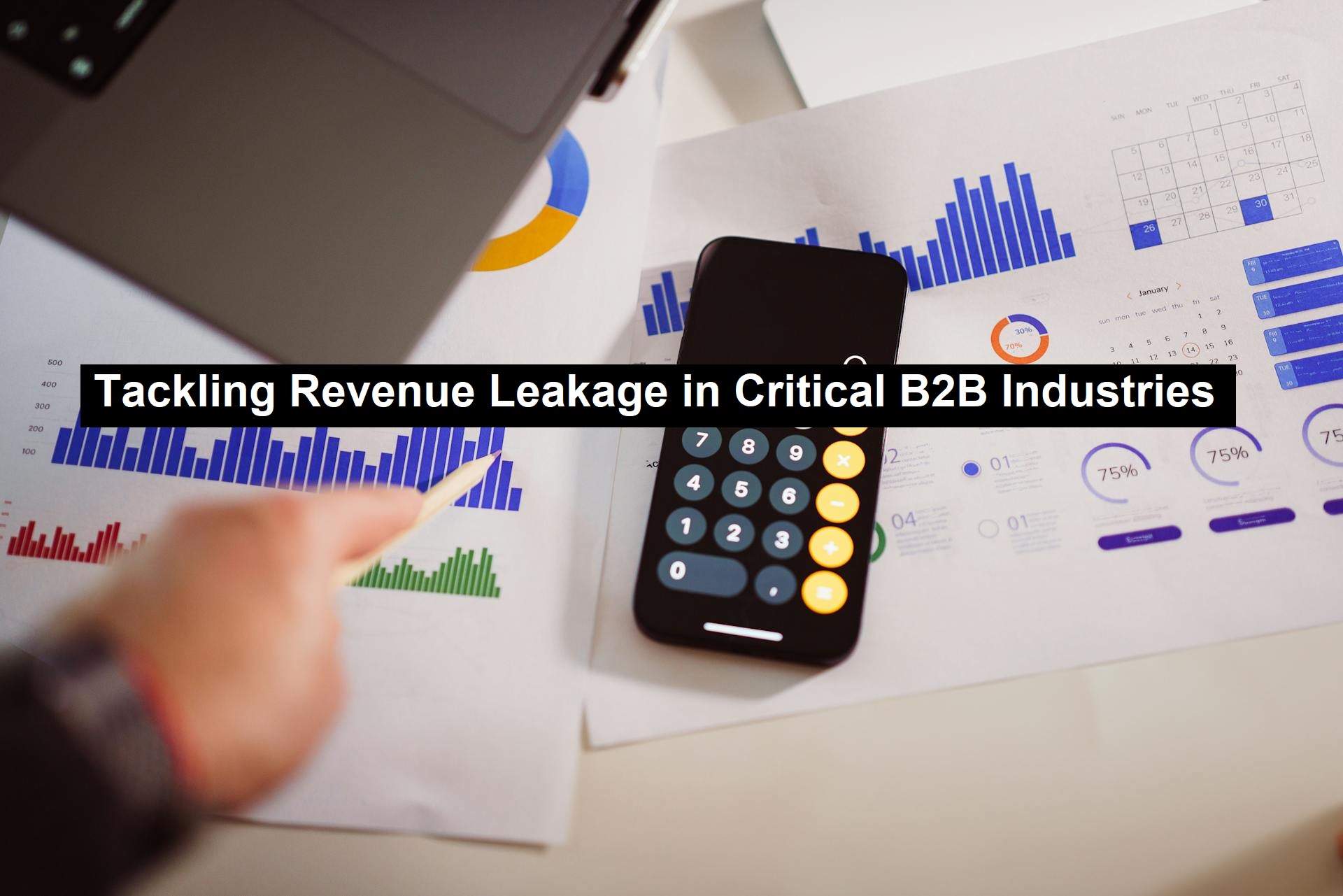One of the most pervasive issue experienced throughout enterprise operations is known as revenue leakage. This phenomenon is particularly damaging in critical industries such as financial services, fintech, SaaS, and media. The high volume and complexity of transactions in these sectors pose unique challenges that can compromise immediate financial health and the ability to fund future innovation and growth. This article delves into the main causes of revenue leakage and explores strategies to combat its impact.
Revenue leakage in B2B settings is often the result of subtle issues within internal processes and systems. Contract management is one such area where companies managing large volumes of contracts, each with specific terms, are at risk of mismanagement. If contract terms are not properly enforced or if billing does not align with these terms, significant revenue may go unbilled or uncollected.
Pricing discrepancies also contribute to revenue leakage. In industries such as software and technology, where products are constantly evolving and pricing structures are complex, maintaining pricing accuracy is a persistent challenge. Without effective systems to enforce pricing strategies and monitor compliance, businesses are at risk of underpricing or granting unauthorized discounts, both of which directly affect profitability.
Read: Unlocking Business Growth With Data Analytics: A Comprehensive Guide
Billing and invoicing errors are another common source of revenue loss. When billing systems do not accurately reflect the services delivered or fail to adhere to contractual billing cycles, revenue may be delayed or lost. Inefficient invoicing processes that cause collection delays can further disrupt cash flow, a crucial element in maintaining financial stability for large organizations.
To mitigate these risks, finance leaders, including CFOs, are increasingly turning to integrated automated solutions that enhance accuracy and efficiency throughout the revenue cycle. Sophisticated contract management systems that automatically enforce terms, dynamic pricing engines that adapt to market changes, and precise billing systems are essential tools in ensuring timely and accurate revenue collection.
CIOs and IT departments are instrumental in selecting and managing the platforms that support these financial functions. The ideal technology stack should minimize manual intervention, offer real-time analytics, and quickly identify and address potential leakage points. Furthermore, product management and commercial operations leaders must keep product catalogs and configurations updated to reflect the latest business rules and market conditions, thereby preventing pricing or contractual errors.
A comprehensive cross-functional approach, which strengthens internal controls, employs appropriate technological solutions, and fosters continuous process improvement, is essential for tackling revenue leakage. For companies in critical industries, this approach is key not only to protecting revenue but also to maintaining a competitive advantage and supporting sustainable growth. Understanding and managing revenue leakage is essential for strategic success in today’s complex market landscape.
Common Pitfalls in B2B Revenue Streams was provided by BillingPlatform. Avoid these pitfalls with the help of enterprise billing solutions by BillingPlatform
To gain additional insights into specific strategies and solutions for revenue leakage, be sure to review the resource included alongside this post.

